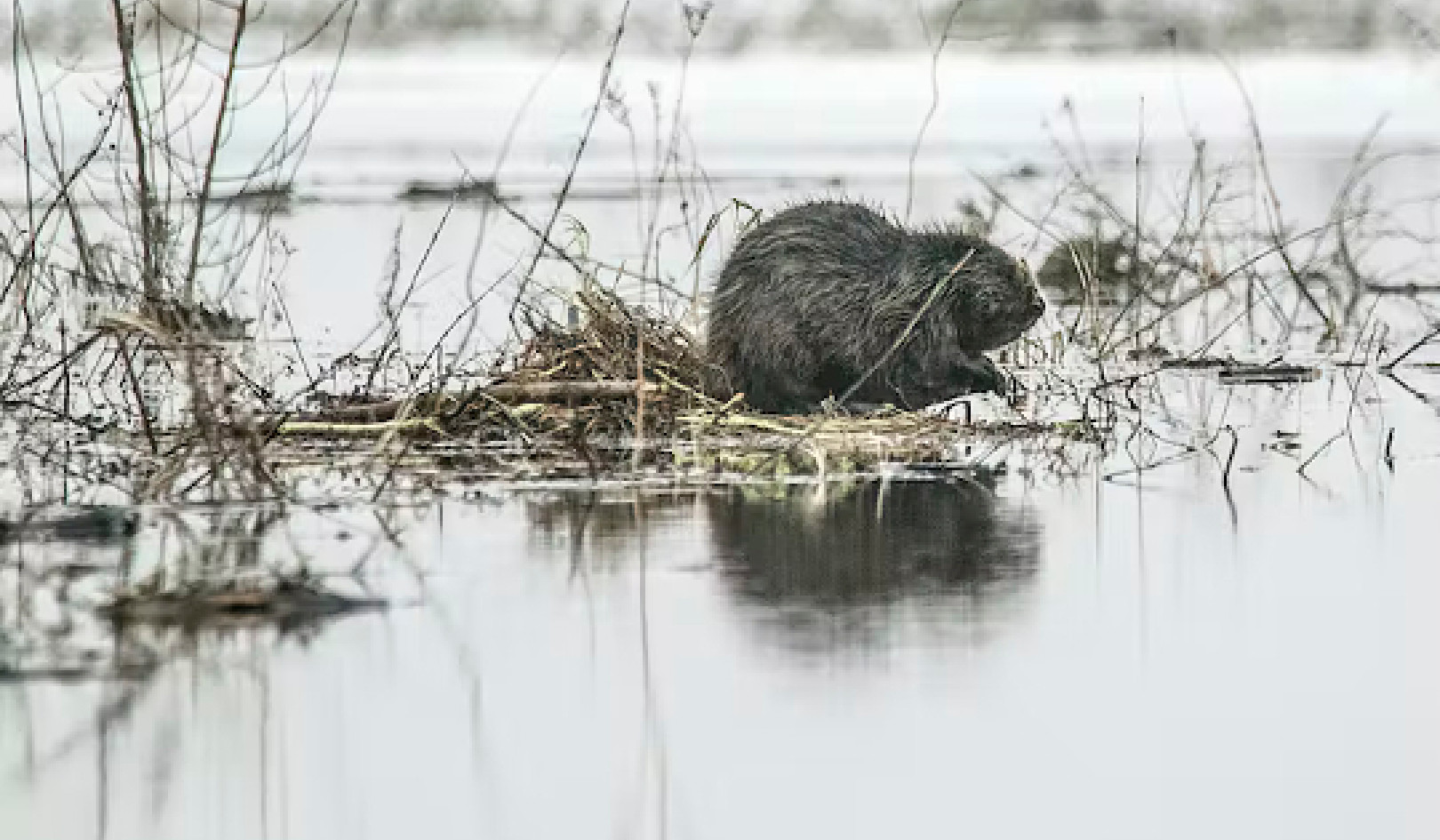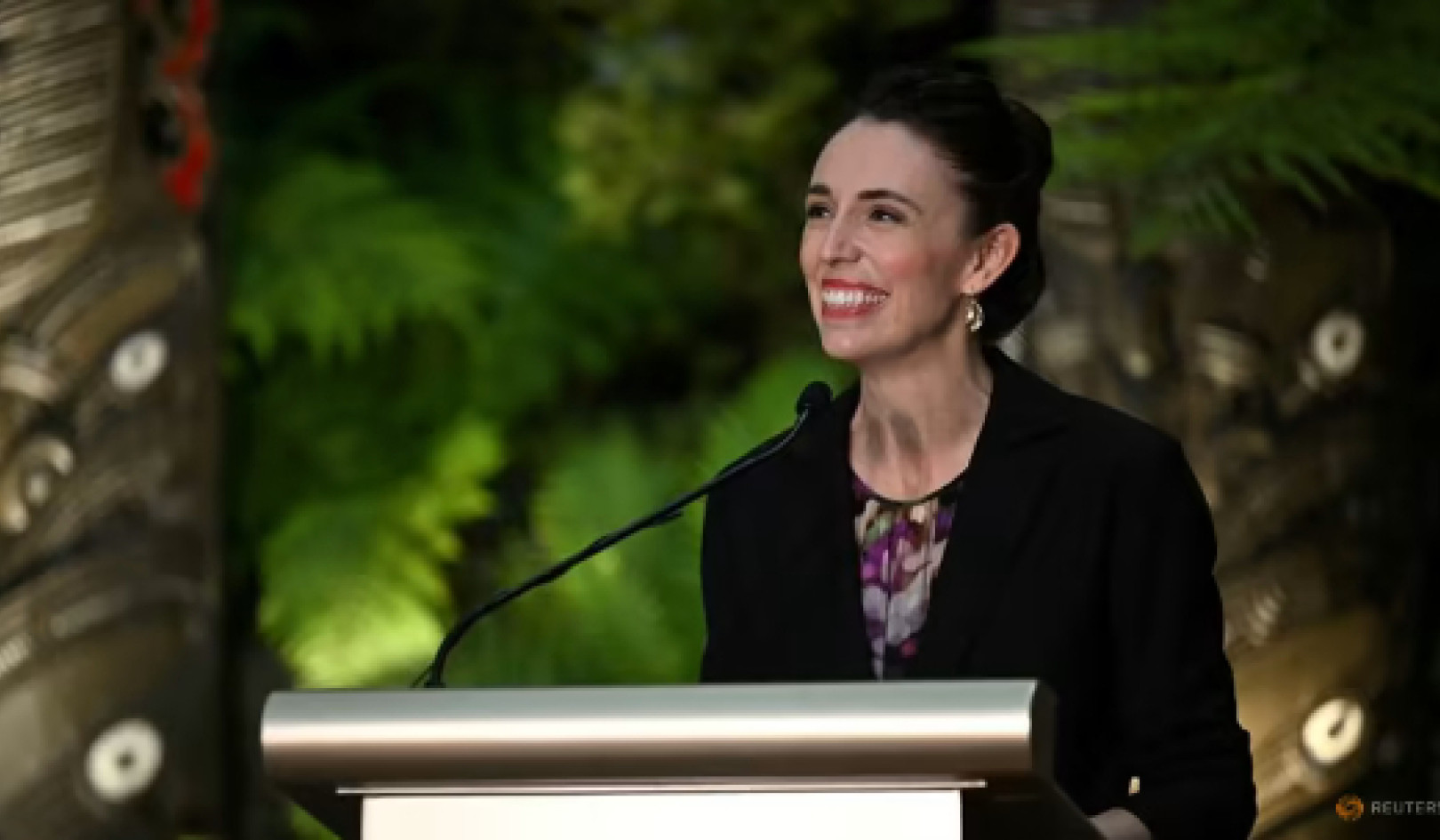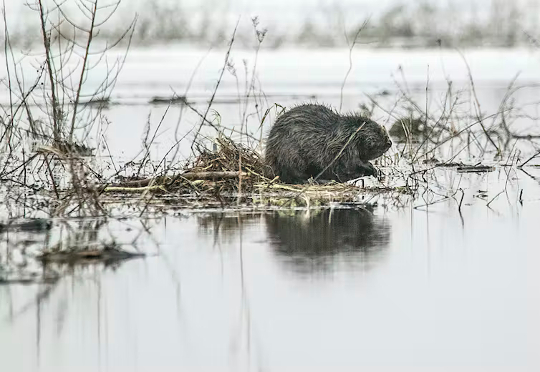
Beavers dramatically change a landscape by building dams that create ponds of still water. Jerzy Strzelecki/Wikimedia Commons, CC BY-SA
Whether you are looking at tropical forests in Brazil, grasslands in California or coral reefs in Australia, it is hard to find places where humanity hasn’t left a mark. The scale of the alteration, invasion or destruction of natural ecosystems can be mindbogglingly huge.
Thankfully, researchers, governments and everyday people around the world are putting more effort and money into conservation and restoration every year. But the task is large. How do you plant a billion trees? How do you restore thousands of square miles of wetlands? How do you turn a barren ocean floor back into a thriving reef? In some cases, the answer lies with certain plants or animals – called ecosystem engineers – that can kick-start the healing.
Ecosystem engineers are plants or animals that create, modify or maintain habitats. As Joshua Larsen, an associate professor at the University of Birmingham, explains, beavers are a perfect example of an ecosystem engineer because of the dams and ponds they build.
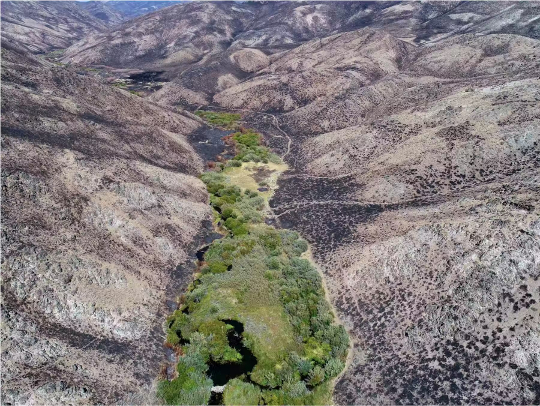
Beaver ponds can create valuable wetland habitats that store water and support life. Schmiebel/Wikimedia Commons, CC BY-SA
“They create this pocket of still water, which allows aquatic vegetation to start to colonize that wouldn’t otherwise be there,” says Larsen. Once a beaver establishes a pond, the surrounding area begins to change from a creek or river into a wetland.
Larsen is part of an effort to reintroduce beavers into Britain, a place where they have been extinct for over 500 years and the landscape reflects that loss. There used to be hundreds of thousands of beavers – and hundreds of thousands of beaver ponds – all across Britain. Without beavers, it would be prohibitively difficult to restore wetlands at that scale. But, as Larsen explains, “Beavers are doing this engineering of the landscape for free. And more importantly, they’re doing the maintenance for free.”
This idea of using ecosystem engineers to do the labor-intensive work of restoration for free is not limited to beavers. Dominic McAfee is a researcher at the University of Adelaide in Australia. He studies oysters and is leading a project to restore oyster reefs on the eastern and southern coasts of Australia.
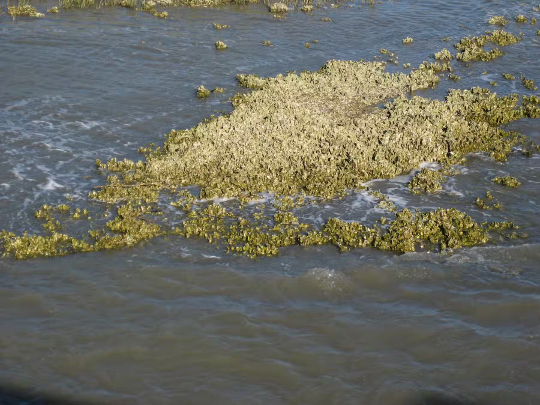
Oyster reefs provide important structure that supports entire ecosystems. Jstuby/Wikimedia Commons
“These reefs were the primary sort of marine habitat in coasts, coastal bays and estuaries over about 7,000 kilometers (4,350 miles) of Australian coastline,” says McAfee. But today, “They’re all gone. All those reefs were scraped from the seafloor over the last 200 years.”
When you lose the oysters, you lose the entire reef ecosystem they support. So, a few years ago, McAfee and his colleagues decided to start bringing these reefs back. Oysters need a hard surface – like a rock, or historically, other oysters – to grow on. But all those old oyster reefs are gone and only sand remains. “So the first step to restore oysters is to provide those hard foundations. We’ve been doing that in South Australia by deploying limestone boulders,” explains McAfee. After just a year, McAfee and his colleagues are starting to see results, with millions of oyster larva sticking to these boulders.
At this point, McAfee says that challenges are less about the science and more about getting community and political support. And that is where Andrew Kliskey comes in. Kliskey is a professor of community and landscape resilience at the University of Idaho in the U.S. He approaches restoration and conservation projects by looking at what are called social-ecological systems. As Kliskey explains, “That means looking at environmental issues not just from a single disciplinary point of view, but thinking that many things are often occurring in a town and in a community. Really, social-ecological systems means thinking about people and the landscape as being intertwined and how one interacts with the other.”
For scientists, this type of approach involves sociology, economics, indigenous knowledge and listening to communities that they are working with. Kliskey explains that it’s not always easy: “Doing this sort transdisciplinary work means being prepared to be uncomfortable. Maybe you’re trained as a hydrologist and you have to work with an economist. Or you work in a university and you want to work with people in a community with very real issues, that speak a different language and who have very different cultural norms. That can be uncomfortable.”
Having done this work for years, Kliskey has found that building trust is critical to any project and that the communities have a lot to teach researchers. “If you’re a scientist, it doesn’t matter which community you work with, you have to be prepared to listen.”
About The Authors
Daniel Merino, Associate Science Editor & Co-Host of The Conversation Weekly Podcast, The Conversation and Nehal El-Hadi, Science + Technology Editor & Co-Host of The Conversation Weekly Podcast, The Conversation
This article is republished from The Conversation under a Creative Commons license. Read the original article.
Books on The Environment from Amazon's Best Sellers list
"Silent Spring"
by Rachel Carson
This classic book is a landmark in the history of environmentalism, drawing attention to the harmful effects of pesticides and their impact on the natural world. Carson's work helped to inspire the modern environmental movement and remains relevant today, as we continue to grapple with the challenges of environmental health.
Click for more info or to order
"The Uninhabitable Earth: Life After Warming"
by David Wallace-Wells
In this book, David Wallace-Wells offers a stark warning about the devastating effects of climate change and the urgent need to address this global crisis. The book draws on scientific research and real-world examples to provide a sobering look at the future we face if we fail to take action.
Click for more info or to order
"The Hidden Life of Trees: What They Feel, How They Communicate?Discoveries from A Secret World"
by Peter Wohlleben
In this book, Peter Wohlleben explores the fascinating world of trees and their role in the ecosystem. The book draws on scientific research and Wohlleben's own experiences as a forester to offer insights into the complex ways that trees interact with one another and the natural world.
Click for more info or to order
"Our House Is on Fire: Scenes of a Family and a Planet in Crisis"
by Greta Thunberg, Svante Thunberg, and Malena Ernman
In this book, climate activist Greta Thunberg and her family offer a personal account of their journey to raise awareness about the urgent need to address climate change. The book provides a powerful and moving account of the challenges we face and the need for action.
Click for more info or to order
"The Sixth Extinction: An Unnatural History"
by Elizabeth Kolbert
In this book, Elizabeth Kolbert explores the ongoing mass extinction of species caused by human activity, drawing on scientific research and real-world examples to provide a sobering look at the impact of human activity on the natural world. The book offers a compelling call to action to protect the diversity of life on Earth.





















